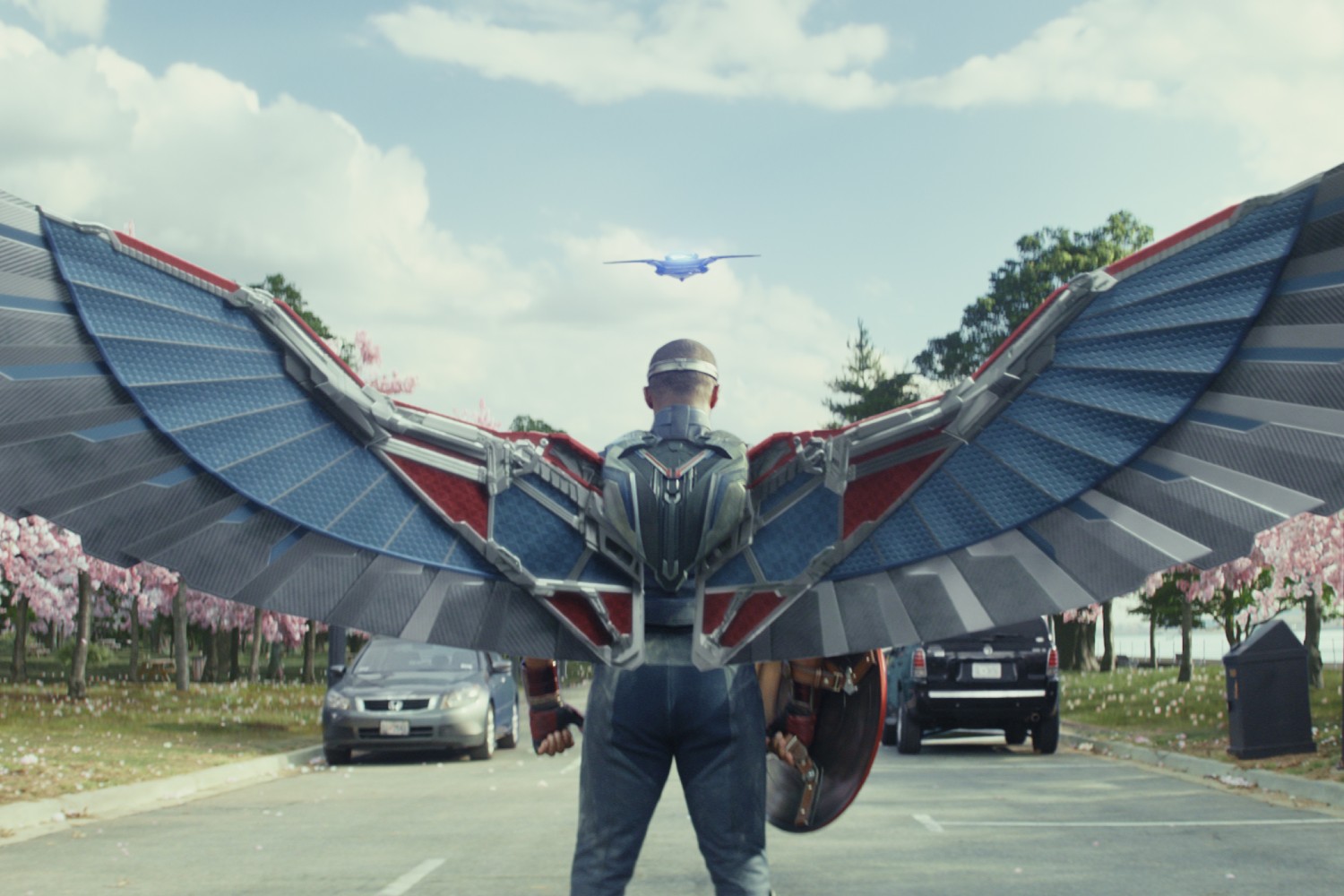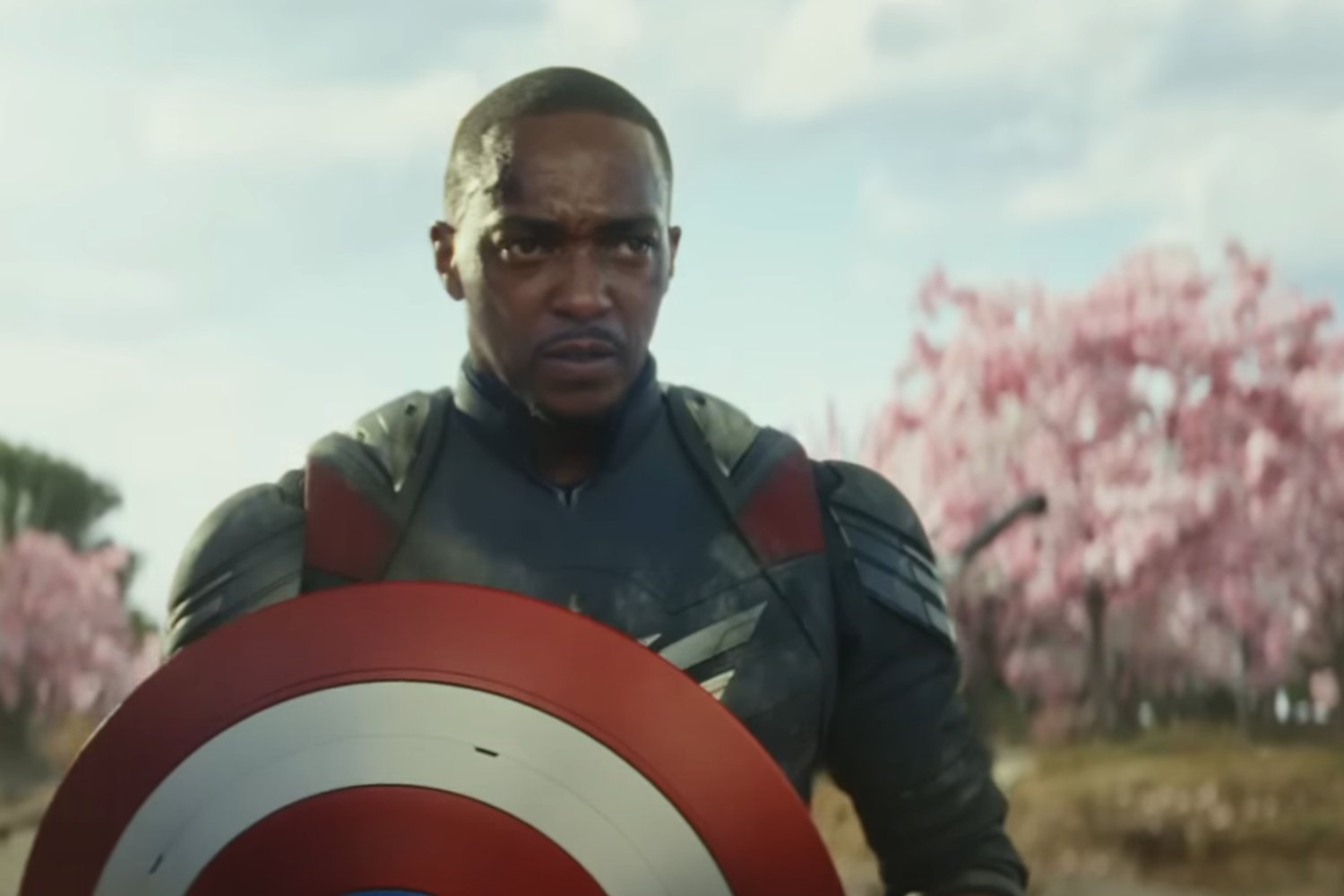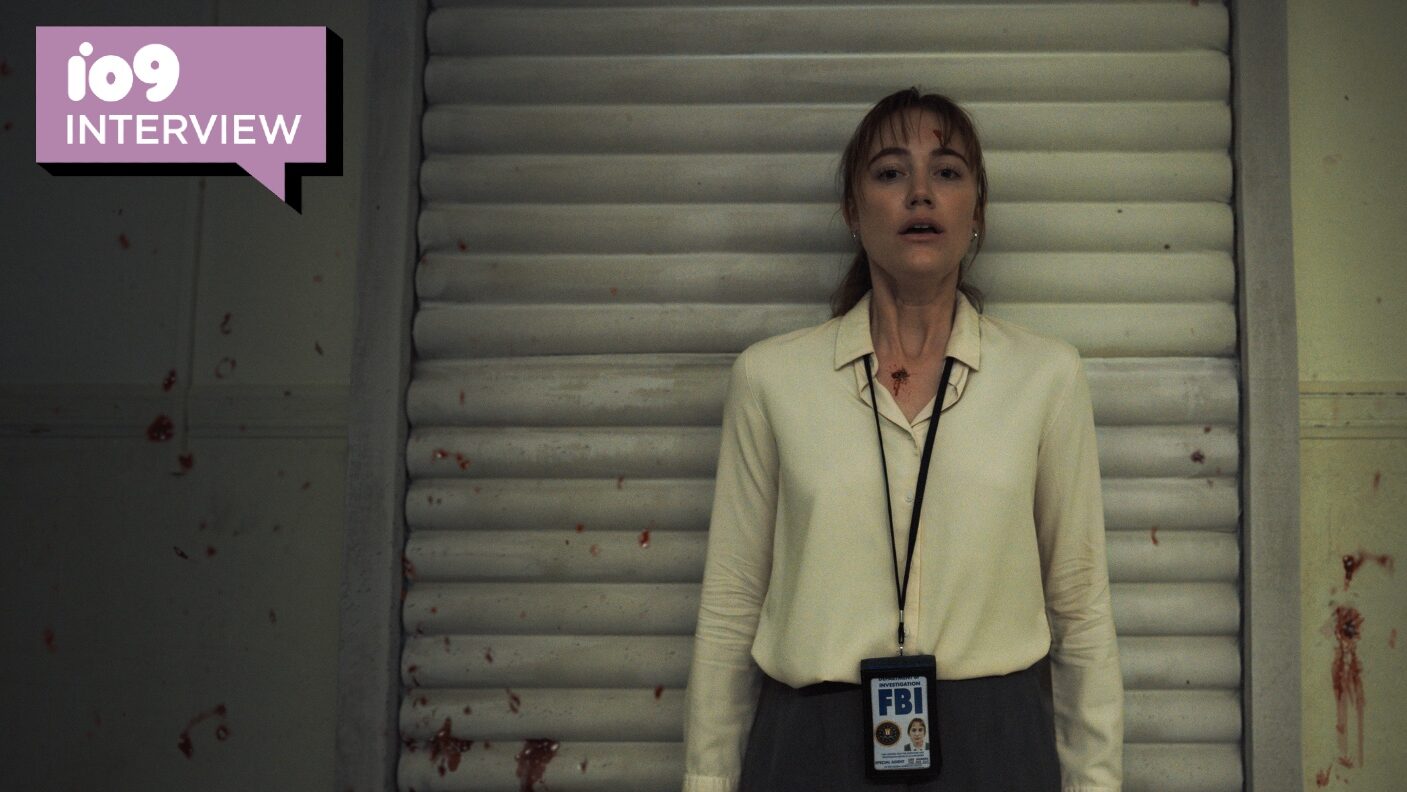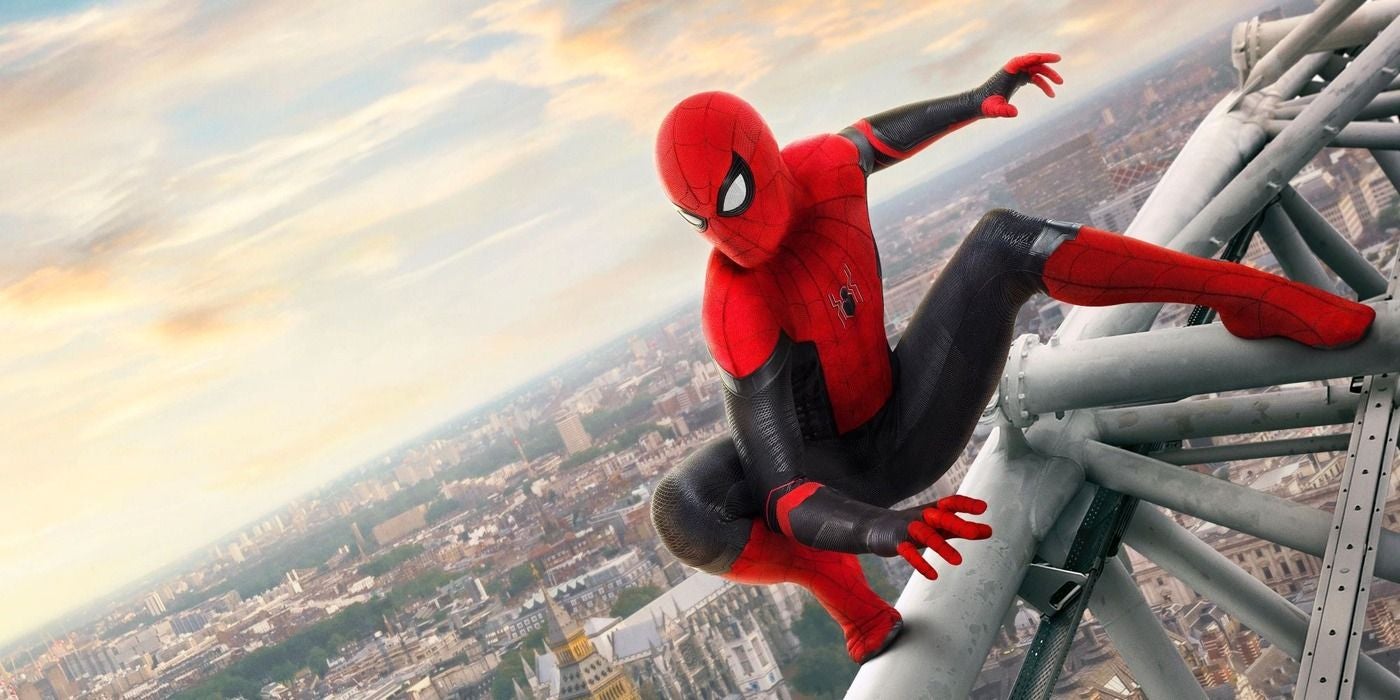Albert Pyun is a legend among low-budget movie-makers. He’s probably directed more movies about cyborgs than anyone else. He’s been making post-apocalyptic movies since the Mad Max era, and he’s still at it. He’s worked with Rutger Hauer, Jean-Claude Van Damme, Christopher Lambert and Ice-T, among many others. Chances are you’ve watched at least one of his films at three in the morning.
Pyun is in San Francisco for tonight’s screening of his new film, Road to Hell, at the Another Hole in the Head film festival. He sat down with us and shared the wisdom of his extensive B-movie experience.
You can watch the whole video of our 38-minute interview with Pyun below, but we’ve also transcribed the choice sections for you.
What it was like working with the Cannon Group and Golan/Globus
It was kind of a weird company. On the one hand they were great lovers of movies — well, not [Yoram] Globus. But Menahem [Golan] loved movies. And he grew up on movies, so all his references were to movies he grew up watching in Israel. And generally they were like movies from the fifties and forties, and pretty much John Wayne-type things. And whenever you would pitch an idea to him he always saw it in those terms. But it was great, because if he said “Yes, go make it,” you knew you’d be making it in a few weeks. You didn’t have to go through this lengthy process to get the money.
There was a whole other thing going on with Cannon when I was there, where they were using junk bonds to finance films. They had gotten one of the first home video deals, where they basically presold the home video… Home video companies would basically say, “Give us your next 50 films, and we’ll give you this much money.” And then it came a point where they took the money they got and spent it on like Superman IV — the larger budget movies — and then they’d go, “Oh God, we don’t have enough money to fulfill our agreement. We spent the money we got for 50 films on five films, and now we don’t have enough to do the other 45.”
And that’s when they would turn to me, and say “Well, we have to deliver all these movies. Can you shoot all these movies for no money, and go shoot it in all these far-flung places where we have money trapped that can’t get out of the country?” It was wild that way.
On the abortive productions of Spider-Man and He-Man 2
I remember when I did [the abortive] Spider-Man [film], I read the script and the first thing you go is, “How?” He’s going to go up the wall and on the roof and the ceiling, and out the window, and it’s like, “How do you do this?”
I think Menahem had made a pass on the [Spider-Man] script. He didn’t quite understand the character all the way. He just saw him as sort of a mutant. He didn’t understand the whole teenage angst aspect that made him so popular.
We were going to shoot the first part, before Peter was bitten. And then we were going to break and shoot Masters of the Universe 2. And then come back — and that way, Peter Parker [would have] had time to work out. It would have worked, because the Masters shoot would have been long enough to allow him to bulk up.
We built these sets in North Carolina. If he had to go up a wall and onto the ceiling of a room, we had to build the entire room on a centrifuge, so it would rotate. It was so physically hard to shoot, because the crew is moving, the camera is moving, how do you focus. And swinging down the streets — we used a New York street that they had used for Year of the Dragon. We were going to cable up all the rooftops. There was no CG, they had to really do all that swinging around the rooftops, and stuff like that. And it would have looked funky. It was really dangerous for the stunt guys. All the tests I saw the stunt guys do, it was going to be rough — to let go and then try to catch another [web], it was going to be very dangerous. Those were the compromises we would have made if we’d made the movie — there would have been no big swinging sequences around New York, for sure.
That’s part of the Cannon experience — we couldn’t shoot these because the check bounced for the rights. First it was Spider-Man, and then they couldn’t bring themselves to tell us they’d also bounced the same check for Mattel [for He-Man]. It was kind of good, though. I was relieved — both Marvel and Mattel were very difficult to deal with, and they just did not want to cooperate. Now, Marvel makes the movies they want to make. Back then, they tried to do the same thing, but through a third party. They just didn’t understand the complexities of what we were trying to do at the budget levels we were trying to do it at.
On almost directing Total Recall
I was one of the first people that was up to direct Total Recall. And the script was great. At that time Dino DeLaurentiis was producing it and had William Hurt attached to play it. It was much more psychological than it was action, and the whole thing was, they would always ask you, “How are you going to do this?” They would call you in for a meeting and you’d have to explain how you were going to do it. I thought the version they did make with Arnold was [disappointing]… I had read the script and I had thought through a lot of those scenes. I didn’t think they had really pulled it off. It was a really great script. Ron [Shusett] had come up with some interesting ways of avoiding some of the bigger scenes, and I thought the solutions were good. We actually went in together and pitched it to Ned Tanen at Universal.
On Post-Apocalyptic Film-making
[The decision to make post-apocalyptic films] was the direct result of the fact that locations that weren’t in ruins were more expensive. Locations that were in ruins or demolished or some kind of big forest fire had happened, were much easier to get. And they didn’t care as much how you left it. So that was mainly the reason why a lot of us gravitated towards that genre.
I think I’ve always been intrigued by the idea of stories about dire [situations] and being on the edge — and I think it’s because of the film-making process that I went through in the beginning. I always saw everything in a life and death sort of mode, and I think the films sort of reflected that.
Why he’s made so many cyborg movies
I have really no interest in cyborgs. And I’ve never really had any interest in post-apocalyptic stories or settings. It just seemed that those situations presented a way for me to make movies with very little money, and to explore ideas that I really wanted to explore — even if they were [controversial]. Like in the movie I did, Cyborg with Van Damme, the studio wasn’t really happy with the ideas I was exploring. They wanted a straight-ahead martial arts action movie. And instead I wanted to make a rock opera. Which I think I’ve achieved now with Road to Hell. I think at least a dozen of the movies I’ve done in the last 20 years have been trying to get to that point of that rock opera.
A lot of my movies, when I had cyborgs, it was usually as a counter-point to something else. It wasn’t usually that I wanted to make a movie about a cyborg.
Why Rutger Hauer was born to play cyborgs
Rutger was interesting. He’s so methodical in the way he works, and he has a natural sort of — it’s not arrogance, but he has a bearing, and it travels with him and it’s a part of him. And I wanted to bring that out, but it can’t really come out when he plays a regular person, like in a lot of movies. That’s why in Blade Runner he’s so magnificent as that character — because that character is so close to him. When he tries to play characters that are more flesh and blood, I don’t think it’s as successful.
When I did Omega Doom with Rutger, I wanted to make sure to focus on that aspect of him. That cold inner steel that he had. It’s just because of his upbringing and how he grew up. Whereas Van Damme you would never put him as a cyborg because his physicality is almost more showy and theatrical, because all his reference points are really movies that he saw as a kid. So it’s not that it’s play acting, but it has a little bit of that feel that he’s emulating cinematic heroes of his. And Rutger wasn’t like that.
On making Road to Hell, a quasi-sequel to 1984’s Streets of Fire
It’s my thought about Michael Paré, and Streets of Fire and how that affected me… When I first saw it, I was editing Radioactive Dreams. When I saw Streets of Fire, it just spun my head around. It opened up cinema in a totally different way of telling a story narratively and the use of music and images and editing. It affected me so much that for years, I just thought that more stylistically could be done with that way of making a movie and telling a story. And I thought that Michael Paré, who I had known over the years, was in a lot of ways Tom Cody personified in real life.
On his next Cyborg movie
I’m trying to do something that I haven’t seen before. I’ve been going down several different avenues on different ways to do it. So I’ve been shooting a lot of tests, and trying to figure out different ways to do it stylistically. [I’m also trying to explore the idea of] what if people you thought were human weren’t really, and their villainy came out of some other source, other than just being evil. This would be post-apocalyptic, so I’d have more flexibility budget-wise.
I’m still playing around with some ideas. I wanted to do a movie, sort of like Blade Runner, where it’s all about them and what they need. And their own conflicts within their own world, and the way they see the world. They don’t care about the humans — humans are already off the map, off the table. They’re just irrelevant.
His biggest mistake as a film-maker
I tried to retain my independence, and sort of anti-matter way of making movies, in the face of even… when I’d go into a studio meeting, they would just go, “What the hell is this?” … A lot of studios were always pissed at me because I would shoot in widescreen, even though the film was going to be direct-to-video. Back then, it was like a 4:3 screen, so they had to do letterboxing and pan-and-scan. And they were so mad. They’d go, “Why did you spend all the money on anamorphic lenses and shoot widescreen?” I said, “I’m the one who has to look at it first. If I’m not happy with it in the beginning, you’re going to get a much worse product.” I shot almost all my movies in widescreen. From my background, working in Japan and stuff, the elegance of that frame I really liked.
Some of the mistakes I made — you can tell, they were self-destructive. I knew it was going to cause conflict, and ultimately the film would be taken away from me. And they were. But I just felt like I had to at least, in the making of it, I had to have some joy and some integrity about what I wanted to do.
I was known in the 90s for never going through the editorial process. I think there was like 20 movies in a row where the films were taken away from me after I shot them. It was weird, the companies still hired me. And then I would say, “Well, this is the movie I’m going to make.” And they would say, “Well, if you can make it for this amount — which was a ridiculous amount — then we know that no matter what you do, we’re still going to make five- or ten-times the budget.”
My shooting schedules got shorter and shorter and shorter, down to days. No longer weeks, but days. But you know, that’s the price you pay for trying to do it all your way and not cater to things like career or reputation.
On working for free
I’ve done a lot of movies for free — like Dollman, I did for free. The deal was, “Let me make the movie I want to make [for free].” Originally, it was about a scientist in his house who accidentally shrinks himself and gets chased around by his housecat. I didn’t want to do that. [So I said] “I will do the Dollman that I have in mind. And I’ll work for free. But just let me do it my way.” And I found that I was much happier working for free, making the movie that I wanted to, than I ever would for a paycheck. [And then of course, it was taken away from me in the editing room.]
Most fun actor to work with
Probably Christopher Lambert. He was very… he was great because he was light-hearted and relaxed, but he also had this wealth of experience, so he was never put into a situation where he was off his game or anything. He always understood why things were having to be done. He had a very practical knowledge of that.
How technology is changing low-budget film making.
I kind of like [shooting in greenscreen], mainly because at this point in my career and my age and stuff, the wear and tear of locations is pretty difficult. And I just feel with greenscreen now, these kids — what they can do with computers is so amazing. All these things I used to dream about can now be done at a [low] price. You have a shot at trying to do it really well. And actually the film I’m screening, Road to Hell, is all greenscreen. [But] there are some limitations to [greenscreen]. To really do it so it’s seamless costs just as much as shooting on location. But on location you’re dealing with weather and whether the location will allow you to do certain things, and just the sheer logistics of getting a crew out there and permits. And that’s why the greenscreen allows such a great advantage.
I love… the fact that muzzle flashes can be done through CG. Because it was always the most difficult thing for me when I was shooting action. Because on film, with the shutter, it doesn’t always see the flash of the gun. So you always had to do it a couple extra times, just to make sure you actually got the muzzle flash. It’s a hassle. And guns jam all the time, and you have to retake for that. So that was really frustrating, and so it’s been great with CG. The problem with CG, of course, is the actors are really asked to sell the fact that the gun has got kick and motion and energy coming out of it, and that has its own challenges.
On the downside of new technology for low-budget film-making
I think the only limitation [to this new technology] would be [the fact that] because it’s so easy to get it on film, or to get it in front of people, the challenge would be not to get over-anxious and just crank [a movie out]. I’ve seen a lot of this stuff, that people have been putting out lately, and it’s like a little bit of an idea, but it’s not really as developed, because it’s so easy for them to just go do it. They don’t have to go and pitch it in front of executives and then get distribution and marketing people on board. That process of having to go through all that layers — I think there’s some advantages to that in the sense that it really makes you focus on what you’re making.














